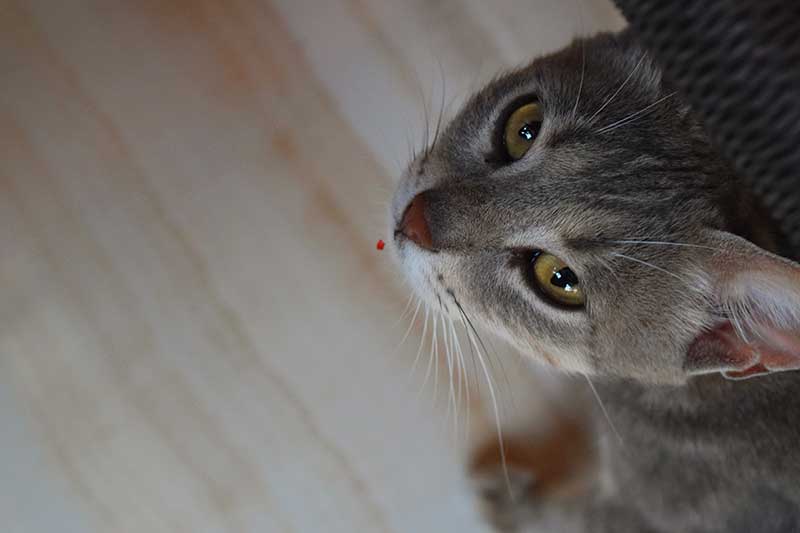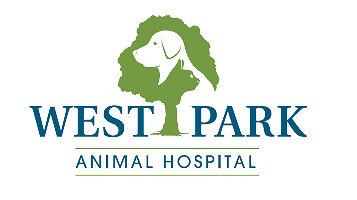
While there are many contributing factors to your cat’s overall wellness, what you put in their food bowl might be the most important. In other words, a balanced diet is what truly lays the foundation for a long and healthy life.
Unfortunately, while feline nutrition is essential, the marketing of commercial pet foods can make the simple act of providing your pet with a high-quality meal frustrating and confusing.
First: The System
Pet food manufacturers must adhere to FDA pet food regulations, and products must meet the standards established by the Association of American Feed Control Officials (AAFCO). States where food is manufactured and sold have additional sets of regulations and restrictions.
What these layers of government scrutiny mean for feline nutrition is that commercially available products are considered safe.
A Step Further
Cat food labels are somewhat confusing. What do they mean? For starters, feline nutrition must be complete and balanced, and any food that’s worth your money should clearly indicate that on the label.
Additionally, the appropriate product will specify which life stage the food is designed for: kitten, adult, or senior. Lastly, there are cat foods that aim to support dental health, weight loss, hairballs, mobility, and more.
The Pet Food Institute is very informative when trying to determine the necessity of the following components of feline nutrition:
- Protein – As obligate carnivores, cats need meat to gain essential amino acids. Necessary for the production of the body’s enzymes, hormones, and more, animal meat (not plant proteins like legumes, grains, and some vegetables) provides a cat with ultimate nutrition.
- Fat – Fatty acids, like omega-3 and omega-6 fatty acids, are critical to cat health. In the wild, cats get plenty of fat through their herbivorous prey, like rodents.
- Vitamins – Like us, cats thrive on vitamin-rich food. They must have fat-soluble vitamins like A, D, E, and K. Water-soluble vitamins include C and B complex. Again, feline nutrition depends on animal sources of protein.
- Water – Eating a dry kibble diet can rob a cat of their daily water requirement. Canned food can be a good option for many pets, and all cats should have unrestricted access to clean, fresh water.
So Many Choices
With all the different options, it can be difficult to know what’s best to support feline nutrition. Owners should watch out for the following phrases that may be found on pet food products:
- Raw food or B.A.R.F. diets (i.e., Biologically Active Appropriate Raw Foods) definitely address your cat’s need for meat, but they can also expose your pet to food-borne illnesses. Microbial contamination may not be worth the risk to your cat’s health. An unbalanced raw diet can also lead to deficient feline nutrition.
- Grain-free diets can be successful alternatives for some pets with certain health issues, but, in general, they lack nutrients that would otherwise round out a balanced diet. When cooked properly, grains are digestible, offer vital carbohydrates, and help reduce calories and fat. Furthermore, grain-free diets can lack key amino acids that are essential to feline nutrition.
A+ Feline Nutrition
It’s important to consult your veterinarian before changing your pet’s diet. We can help you find the right balance for your cat’s unique needs. In the meantime, please feel free to contact us with any questions or concerns.
The post Truth and Consequences: Prevailing Myths of Feline Nutrition appeared first on West Park Animal Hospital Blog.

